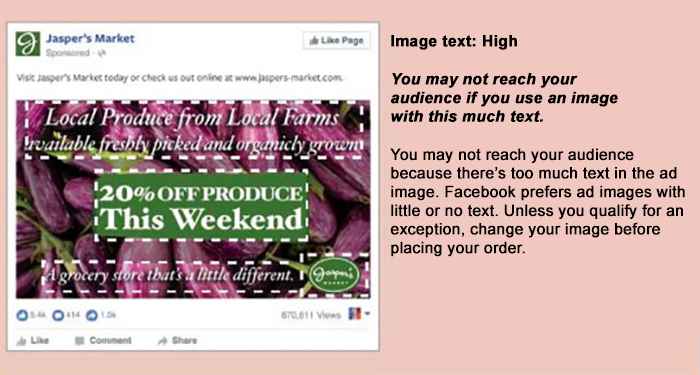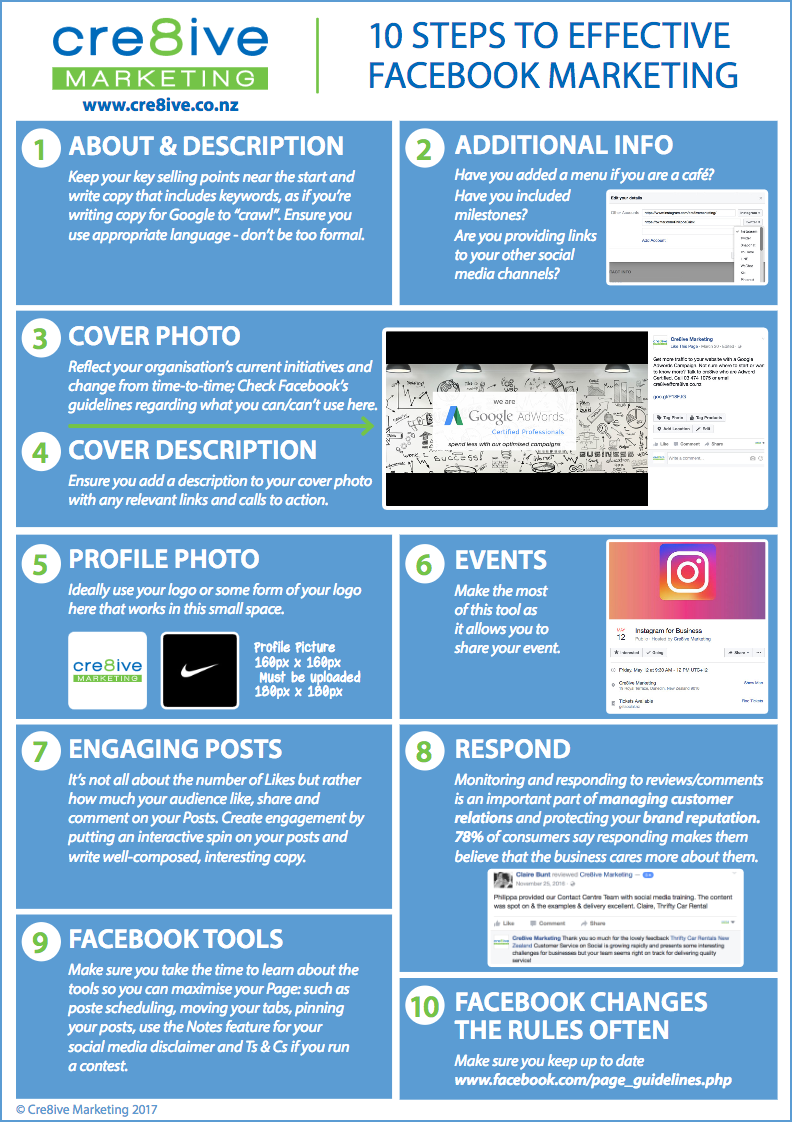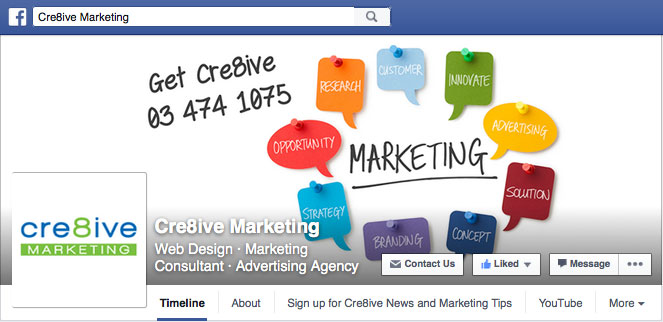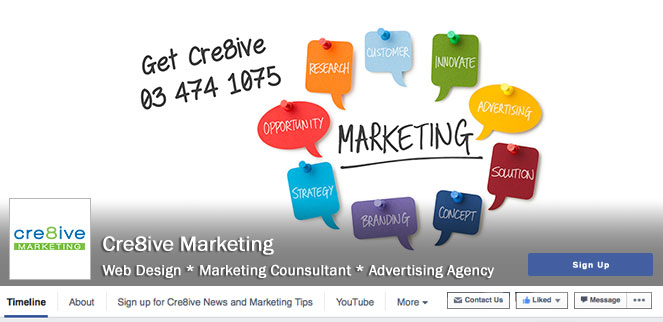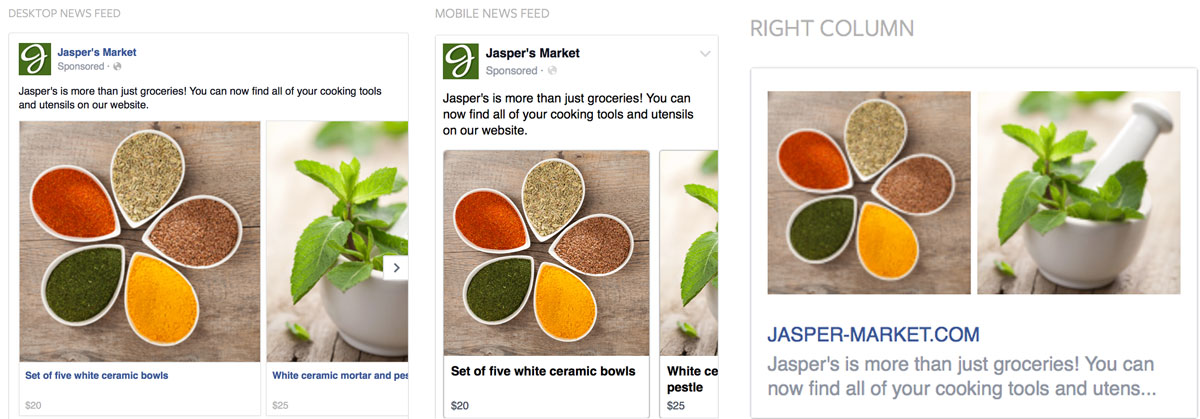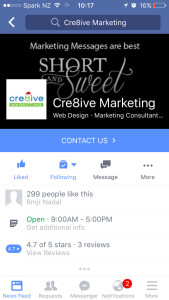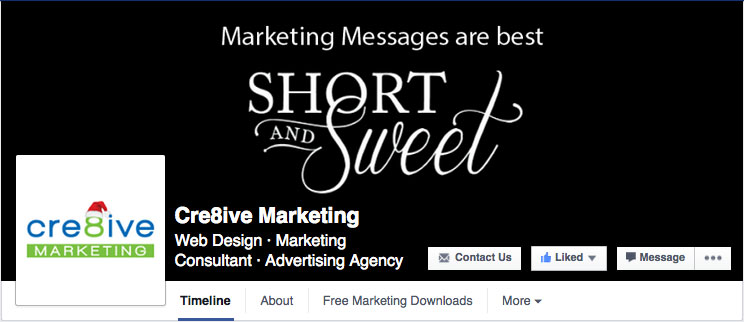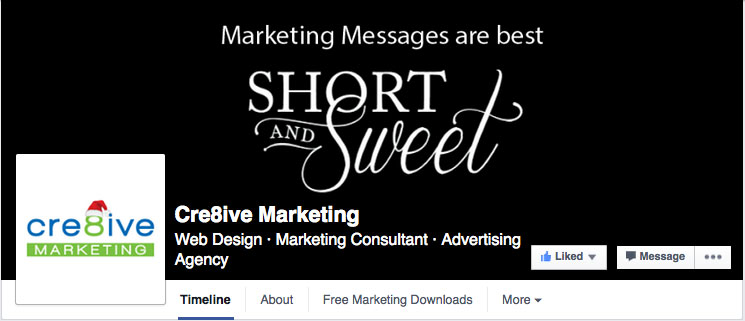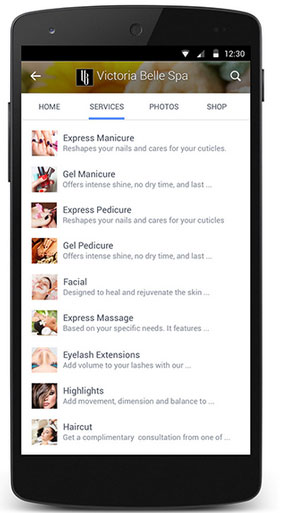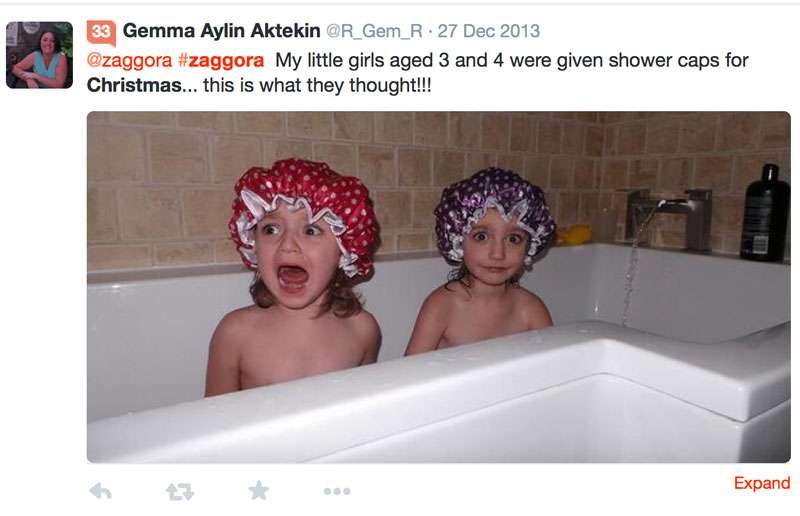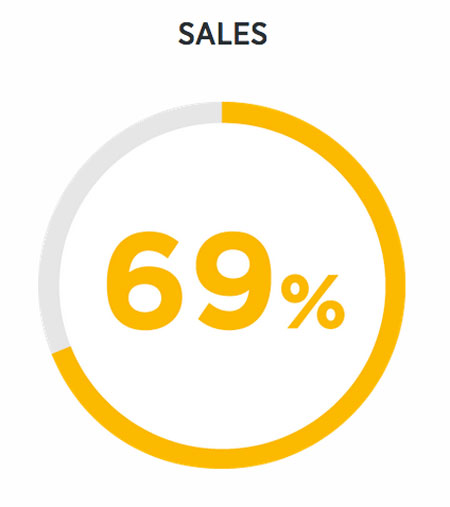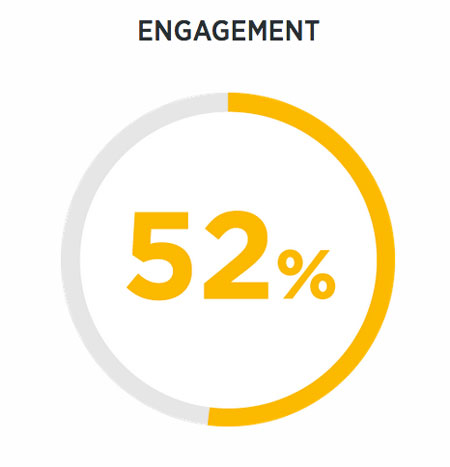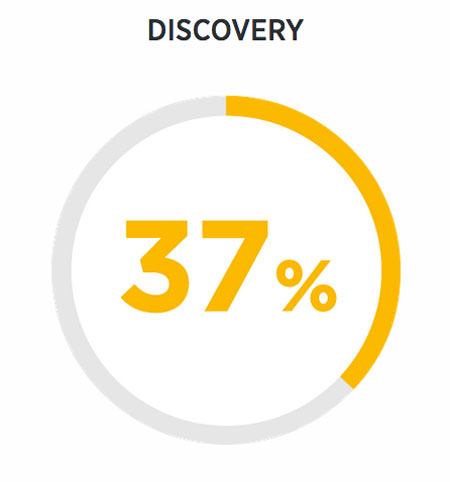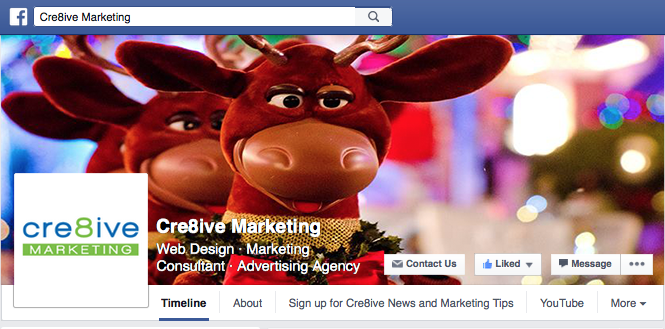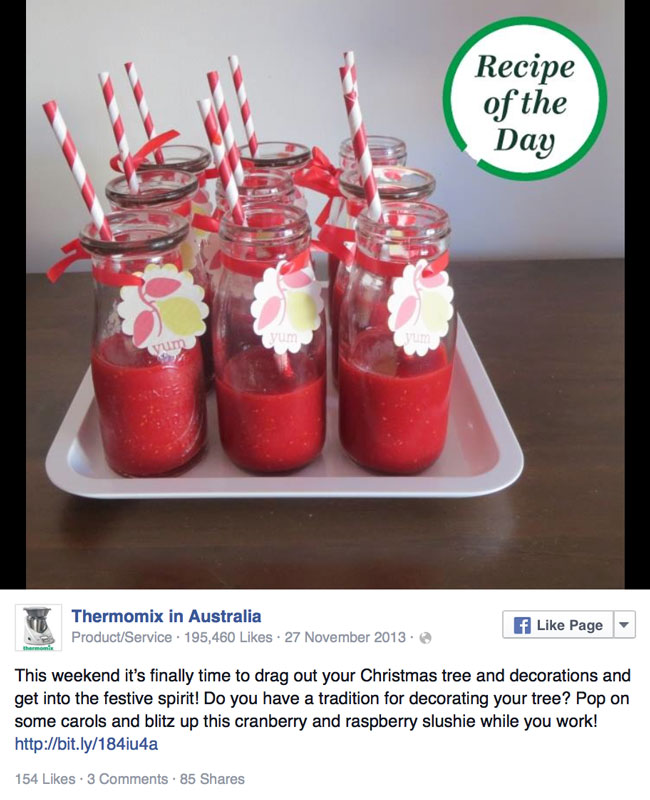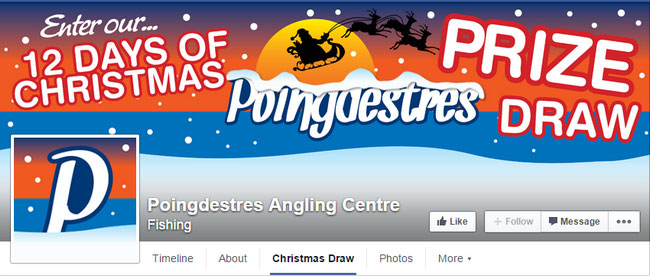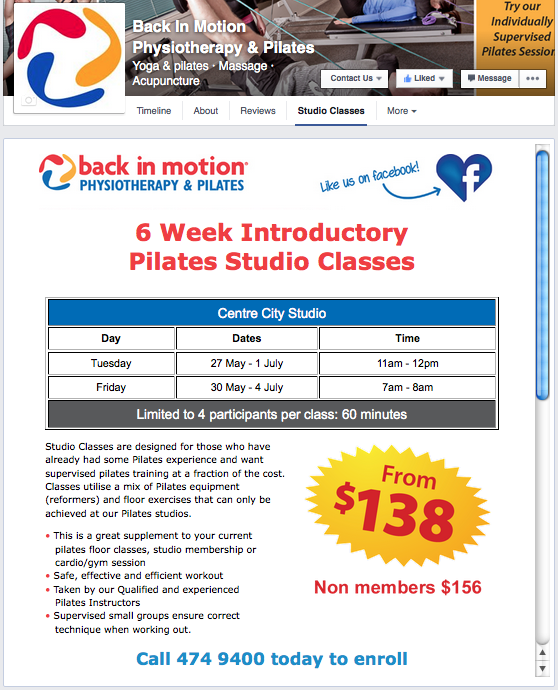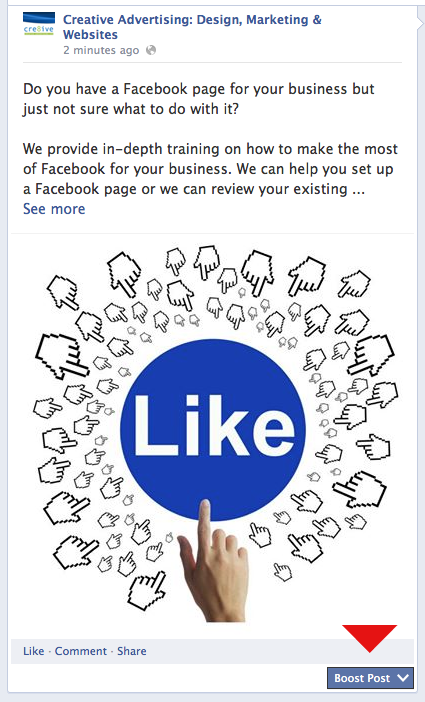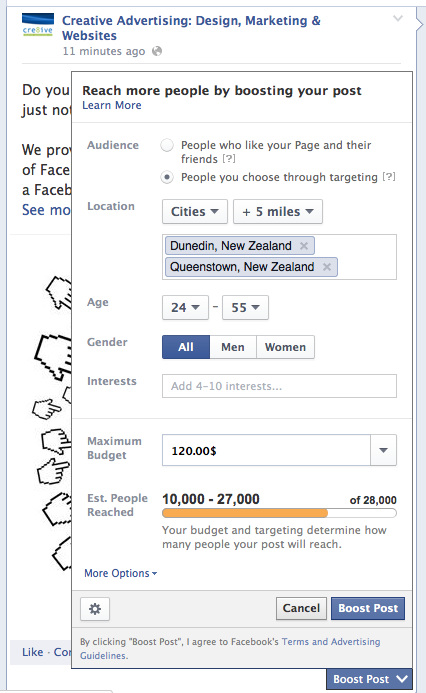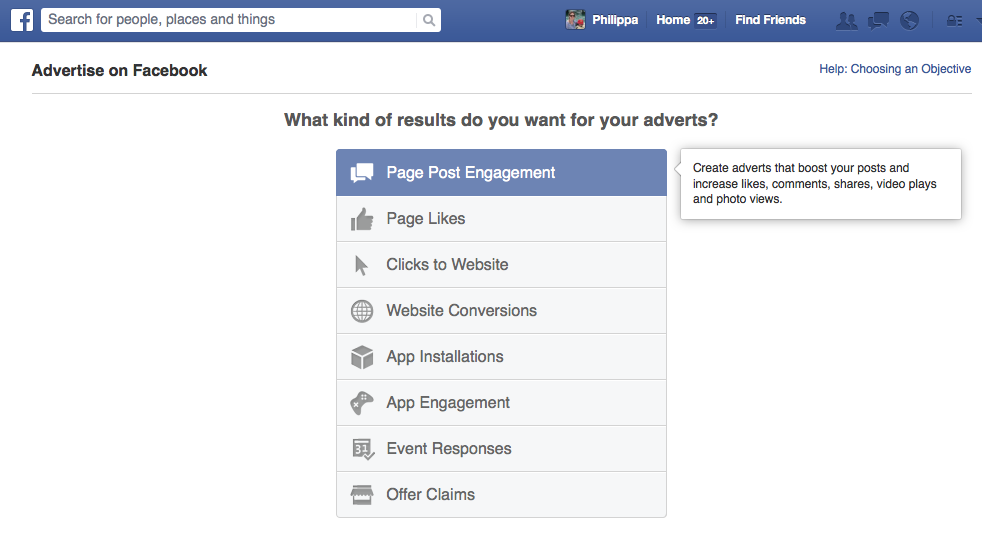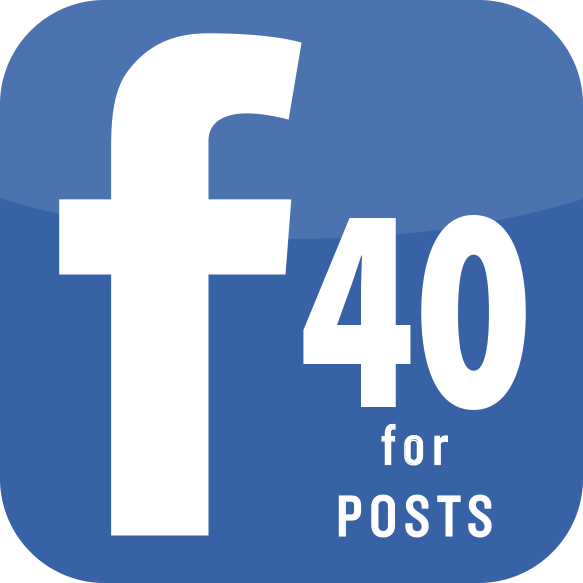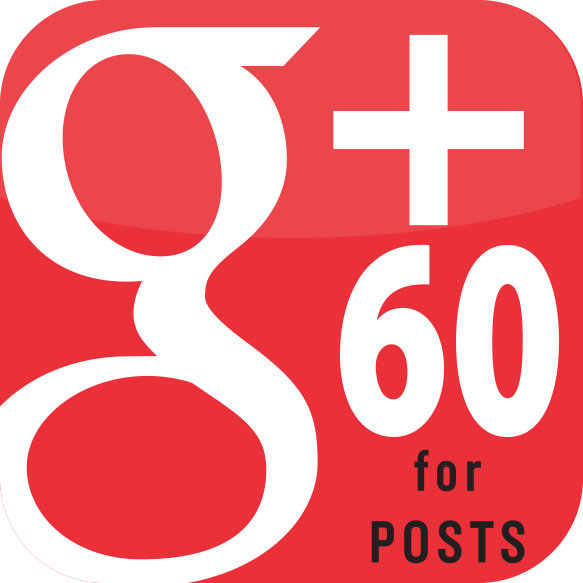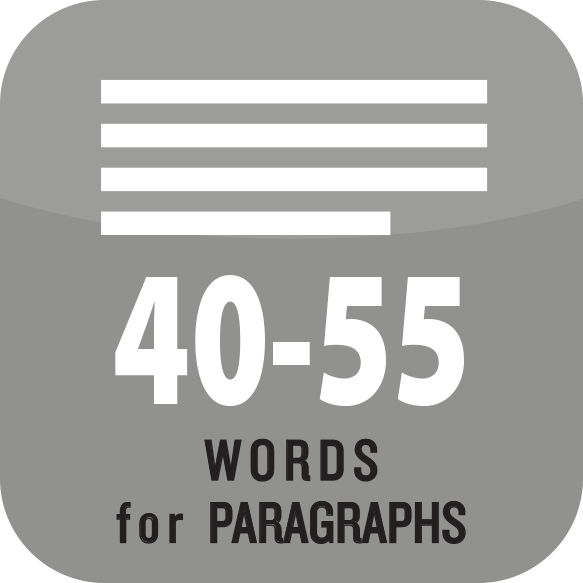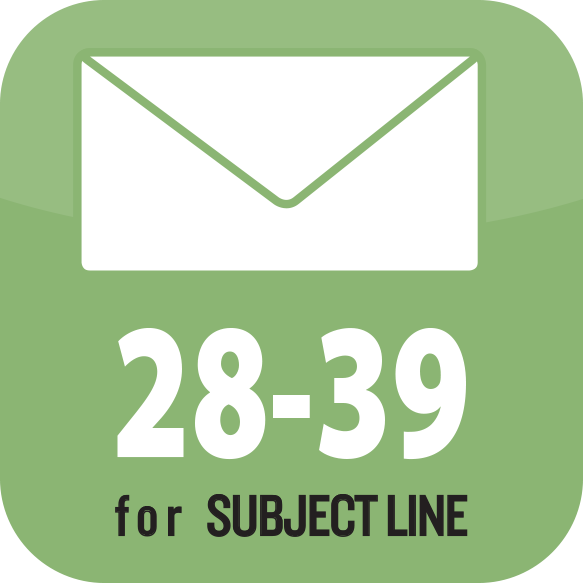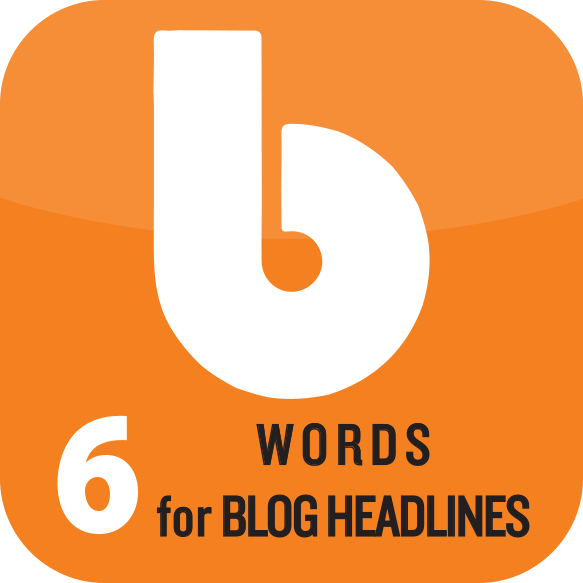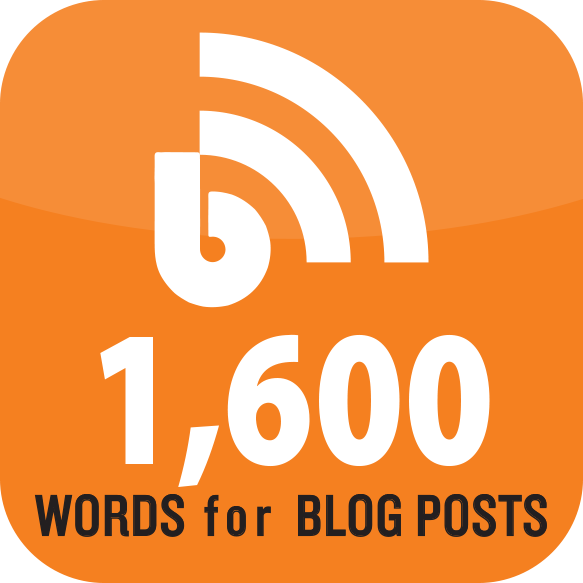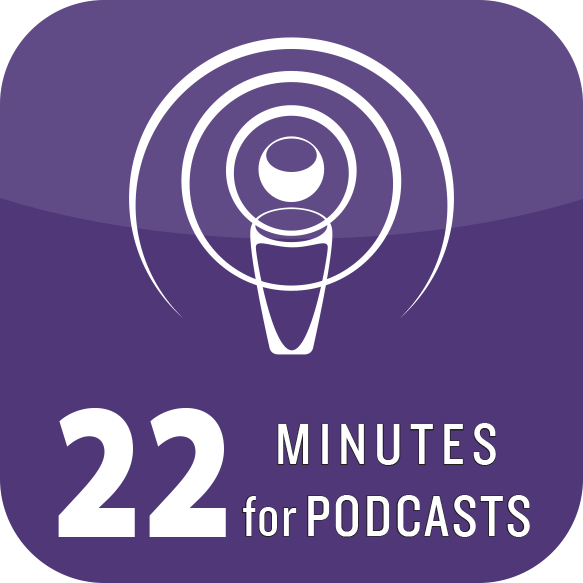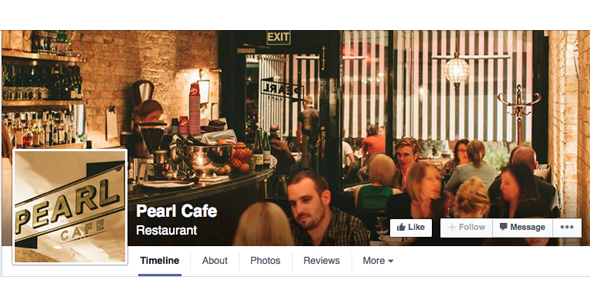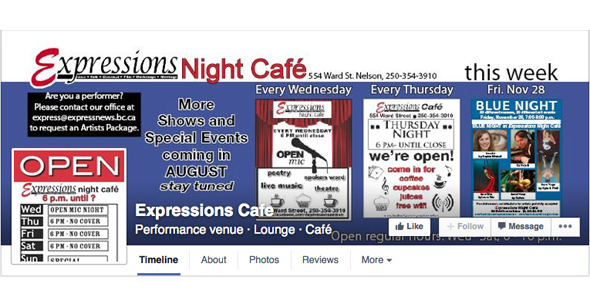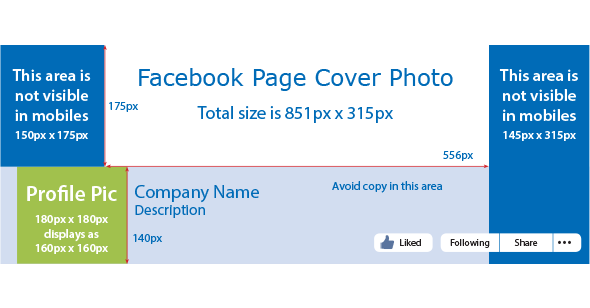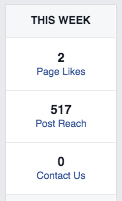If you have struggled with the strict 20% rule regarding the amount of text advertisers can have on their Facebook Ads, you will be relieved to know that Facebook has rolled out a change to this policy. Although don’t be surprised that if you want more text you will pay more.
Previously you could only have 20% of your ad covered with text. Facebook has admitted that Advertisers have found the 20% rule confusing and has decided to roll out a new policy so that your ads will no longer be rejected for having too much text. However, the more text in your image, you can expect less reach and higher costs.
Images will no longer be broken up into a 5×5 grid. Going forward, Facebook breaks down text density into four categories:
- OK
- Low
- Medium
- High
With the 20% rule, an advertiser who used a grid tool on their images would always know where their image falls (more or less than 20%) and therefore if it would be approved or not. Now it’s a matter of Facebook determining whether the amount of text is OK, Low, Medium or High.
Facebook's updated grid tool so that you can upload your images and get immediate feedback on where they determine text density falls. If you create your ads in Power Editor, you will be given a warning that lets you know if the amount of text in your image may limit distribution.
Examples of the four text density categories:
Image Text: OK
Facebook still prefers little or no text in an image.
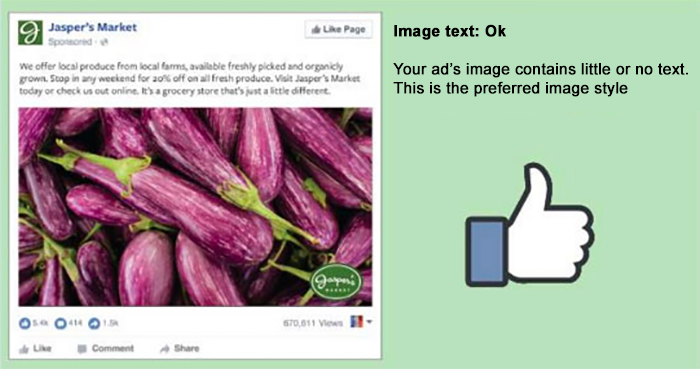
Image Text: Low
These ads are considered to have moderate text. Each of these ads have most of their copy in the text box, but there's still some copy directly on the images in each of them.
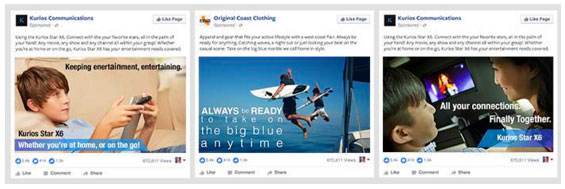
Image Text: Medium
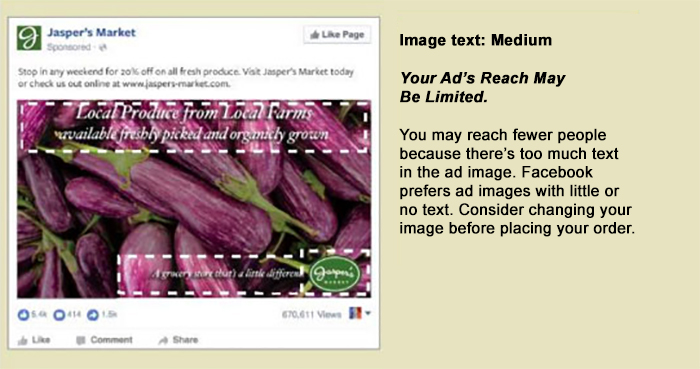
Image Text: High
While this ad will get approved, Facebook will severely restrict its reach and charge high costs.
In summary, although the policy has changed, Facebook still prefers little or no text and if you want maximum reach you would be best to adhere to this.
At Cre8ive we implement and manage Facebook and Instagram Advertising campaigns for clients. If you would like to know more please email.
